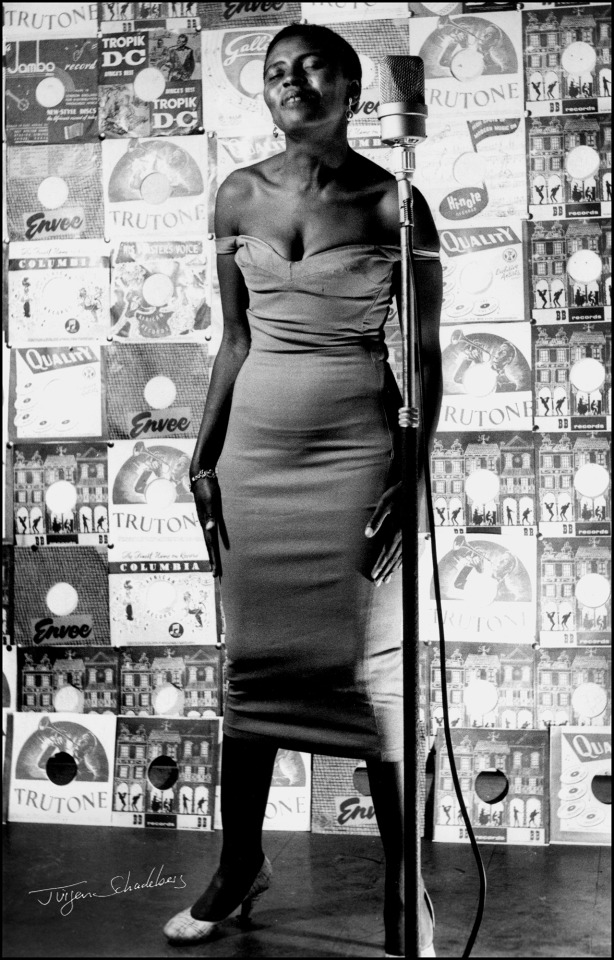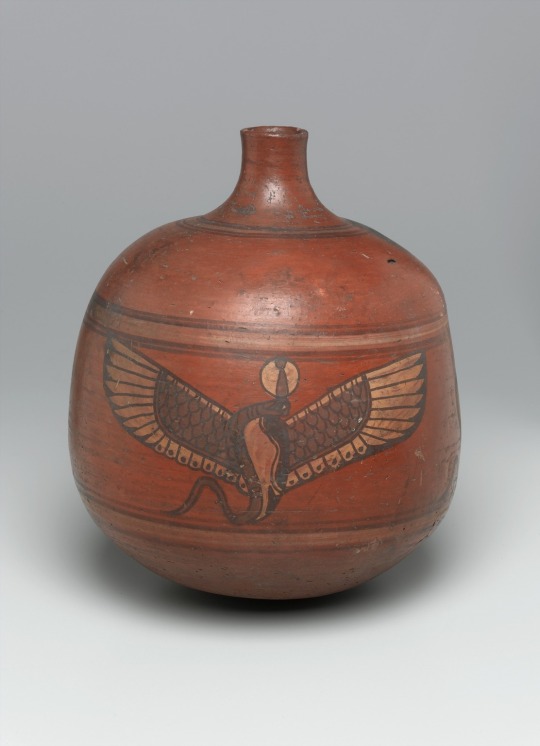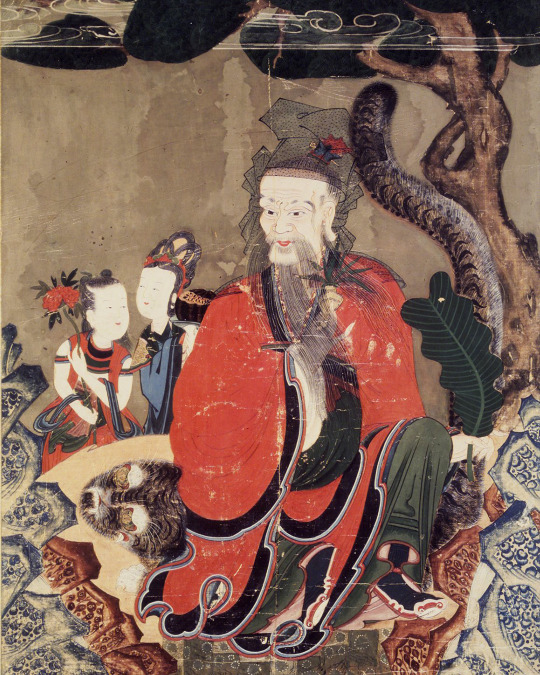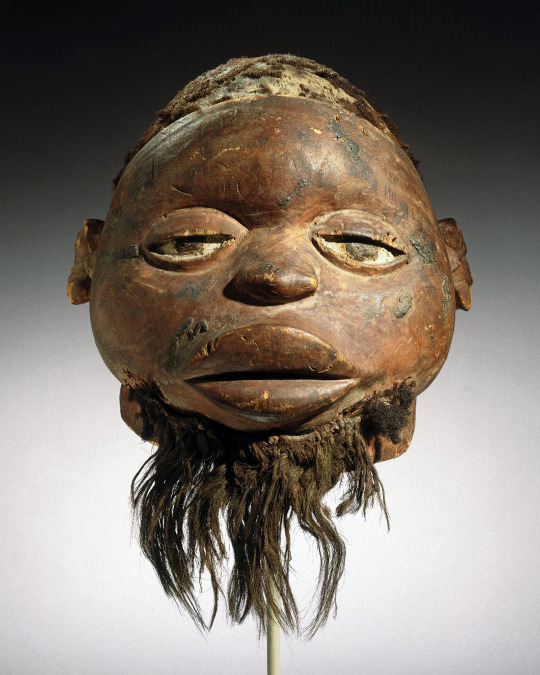#bkmartsofafrica
Photo

Miriam Makeba’s portrait greets and grounds you near the entry of Africa Fashion.
Makeba’s emergence as a singer on the global stage coincided with the emergence of an independent African continent. Her songs blended popular musical styles like Jazz with indigenous South African melodies, often incorporating Swahili, Xhosa, and Sotho lyrics. Well-known globally for her songs Pata Pata and Qongqothwane (the Click Song) Makeba’s music and self-fashioning embodied African liberation and identity.
For many Africans, her music gave voice to the dawn of a new independent era and the liberation struggles that remained. Affectionately referred to as Mama Africa by her legions of fans, Makeba came to embody a forward-looking Pan-Africanism and Black Power.
See this portrait of Makeba and hear her singular voice as part of the African Cultural Renaissance that welcomes you in #AfricaFashionBkM.
📷 Jürgen Schadeberg (German, 1931–2020). Miriam Makeba, 1955. © Estate of Jürgen Schadeberg (Photo: Courtesy of the Estate of Jürgen Schadeberg)
#Brooklyn Museum#AfricaFashionBkM#AfricaFashion#Africa#bkmartsofafrica#fashion#miriam makeba#music#Jurgen Schadeberg#photography#portrait#african diaspora#pan-africanism#swahili#xhosa#sotho
435 notes
·
View notes
Photo

Wine and conversation inspired by African Ancestors of Egypt and Nubia: From the Green Sahara to the Nile? Count us in!
Our season of Art History Happy Hours continues on February 16. We’ll take a look at connections between ancient Egypt and other African cultures in art, religion, and language with Annissa Malvoisin and Meghan Bill from the Brooklyn Museum, and Dr. Vanessa Davies of the Nile Valley Collective.
Shout out to Brooklyn-based wine club, Highly Recommended, for providing the delicious wine pairings for this program!
Tickets are available for $45 ($40 for Members) and include wine tastings, small bites, and after-hours admission to our Egyptian galleries. #ArtHistoryHappyHour
🎟 http://bit.ly/3YwBQil
📷 Globular Vase with Cylindrical Neck, Nubian, Meroitic Period, 2nd–3rd century. Clay, slip. Brooklyn Museum; Charles Edwin Wilbour Fund, 67.177. (Photo: Brooklyn Museum)
#Brooklyn Museum#brooklyn#museum#art#vase#bkmafricanarts#bkmartsofafrica#Egypt#nile#Green Sahara#nyc#event#nyc events#things to see#things to do
25 notes
·
View notes
Photo






What do each of these artworks have in common? They really grow on you. 🧔
We can't let #WorldBeardDay pass without sharing some of the glorious, global, and even ancient beards from our collection.
🖼️ Mountain Spirit (Sanshin), 19th century. Ink and color on silk, Image. Brooklyn Museum, Designated Purchase Fund, 84.145
→ Daniel Huntington (American, 1816-1906). William Cullen Bryant, 1866. Oil on canvas. Brooklyn Museum, Gift of A. Augustus Healy, Carll H. de Silver, Eugene G. Blackford, Clarence W. Seamans, Horace J. Morse, Robert B. Woodward, James R. Howe, William B. Davenport, Frank S. Jones, Abraham Abraham, and Charles A. Schieren, 01.1507 → Roman. Head of Serapis, 75-150 C.E. Marble. Brooklyn Museum, Charles Edwin Wilbour Fund, 37.1522E. Creative Commons-BY → Ramses II, ca. 1279-1213 B.C.E. Limestone, pigment. Brooklyn Museum, Museum Collection Fund, 11.670. Creative Commons-BY → Makonde artist. Mask (lipiko), 19th century. Wood, human hair, fiber, pigment. Brooklyn Museum, Museum Expedition 1922, Robert B. Woodward Memorial Fund, 22.1588. Creative Commons-BY → Indian. Zumurrud Shah Takes Refuge in the Mountains, ca. 1570. Opaque watercolor and gold on cotton cloth, sheet. Brooklyn Museum, Museum Collection Fund, 24.48
#Brooklyn Museum#brooklyn#museum#art#sculpture#painting#bkmamericanart#bkmartsofasia#bkmartsofafrica#beard
22 notes
·
View notes
Photo

Hey teachers 🍎📚👋 it’s time to get your hands on our new Arts of China Teaching Toolkit, an educational resource designed to engage students with Chinese art, history, and culture through lesson plans, touch objects, and more. The kit includes twelve individual lessons, divided into three thematic units—Geography and Environment, Belief Systems, and Global Exchange—to introduce students to China’s vast and diverse artistic and cultural traditions. Request a physical toolkit, or access free digital lesson plans, today!
#arts of china#brooklyn museum#bkmeducation#teaching resources#teaching toolkit#china#bkmartsofafrica#teacher#classroom#education#art education
12 notes
·
View notes